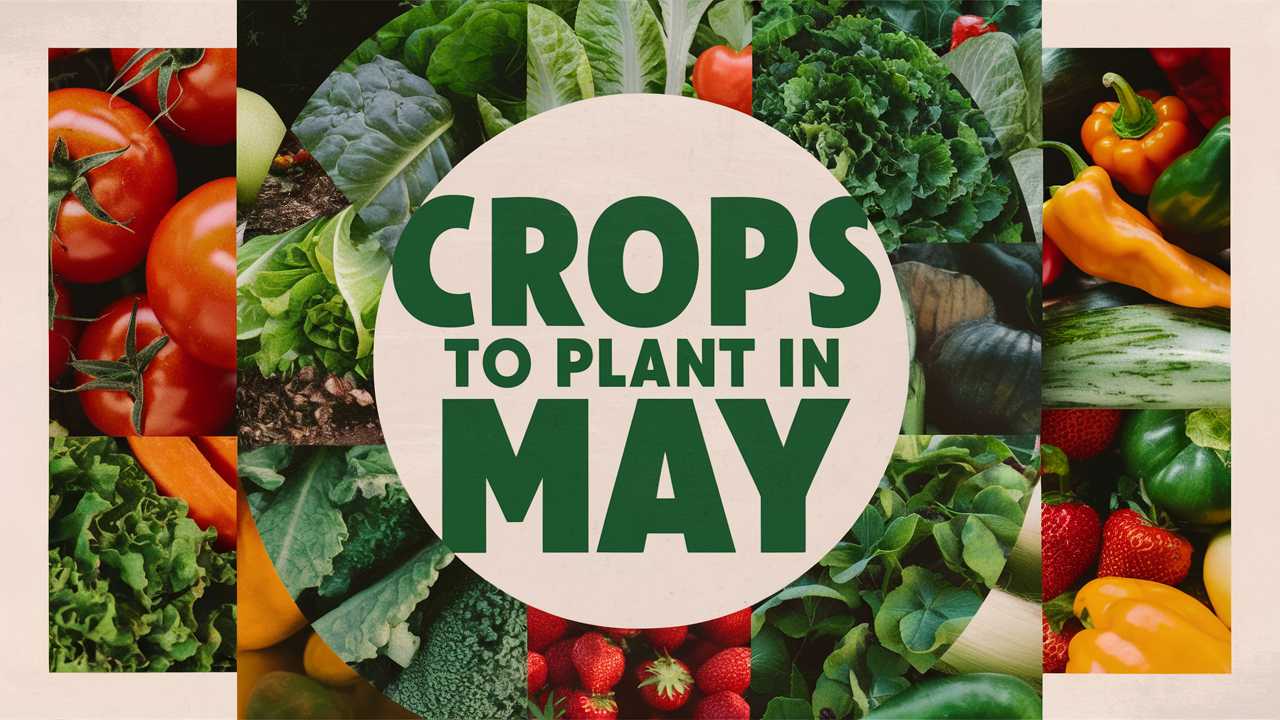May is a transformative month for gardeners; it signals the warming of the earth and the end of frost threats, enabling the successful sowing of a variety of crops. From vibrant vegetables to aromatic herbs, May allows for a rich garden that promises an abundance of fresh produce.
Cabbage
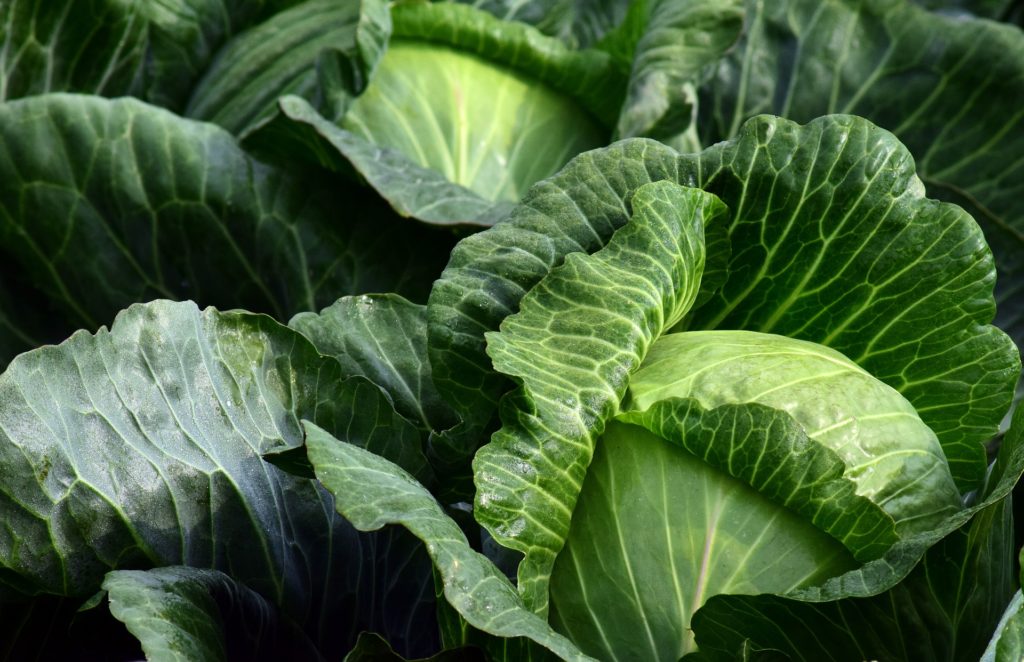
Soil Preparation and Planting Conditions:
Cabbage can be somewhat nutrient-hungry, so begin by enriching your garden soil with compost or well-rotted manure. The ideal soil pH for cabbage is between 6.0 and 6.8. It loves a sunny spot, so select an area that receives at least six hours of sunlight per day. If you’re starting from seeds, directly sow them ¼ to ½ inches deep a little earlier in May. Transplants should be spaced about 18-24 inches apart for optimal growth.
Care and Maintenance:
Keep the soil consistently moist but not soggy; cabbage should receive around an inch of water weekly. Mulching can help retain soil moisture and suppress weeds. To fend off pests like aphids and cabbage worms, consider companion planting with herbs like rosemary or marigolds, which are known to deter these common problems.
Harvesting:
Cabbage typically takes 70-100 days to mature, depending on the variety. Harvest heads when they feel firm and solid to the touch; they can be pulled or cut from the base. Fresh cabbage can last for weeks in the fridge, enriching your salads, slaws, and stir-fries.
Beets
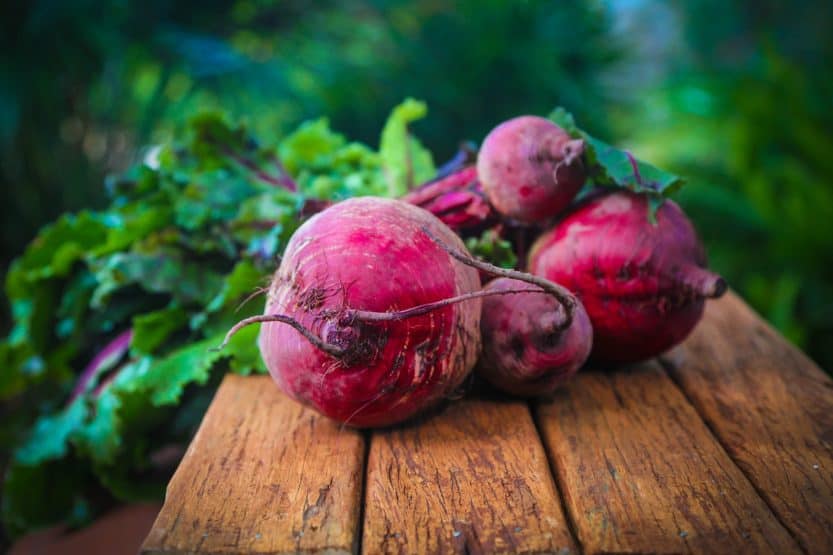
Soil and Planting Techniques:
Beets flourish in loamy, well-drained soil rich in organic matter. Prior to planting, work in compost or well-rotted manure to boost nutrient availability. Seeds can be sown directly into the ground at a depth of about 1 inch. A good practice is to plant them in rows spaced 12-18 inches apart, as beet greens need space to develop fully.
Optimal Conditions:
Beets prefer cooler temperatures, so planting them in early to mid-May is ideal, especially in warmer climates. They grow well in full sun to partial shade, but ensure young plants get sufficient light to avoid becoming spindly.
Thinning and Maintenance:
As seedlings sprout, thin them to 3-4 inches apart to allow each beet to grow large. Regular watering is crucial; beets need consistent moisture, particularly as they swell in size. Organic mulch can help retain moisture and suppress weeds.
Harvesting:
Beets usually take about 50-70 days to mature. You can harvest them when they reach 1-3 inches in diameter, but if you wait until they are larger, just be mindful that their flavor may become earthier. The greens are also edible and can be harvested at any time.
Lettuce
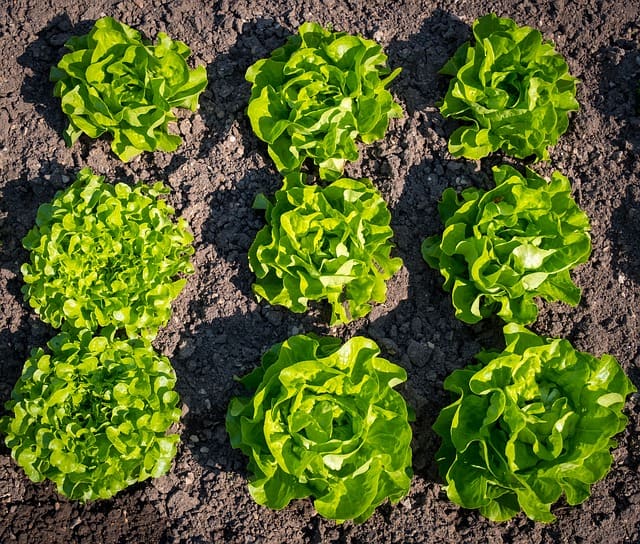
Growing Conditions and Varieties:
Lettuce is a fast-growing vegetable that thrives in cool weather, making early to mid-May ideal for spring planting. It prefers loose, slightly acidic soil with a pH of around 6.0 to 6.8. Direct sow seeds 1/4 inch deep in rows spaced about 12-18 inches apart. Try a variety of types such as crisphead, loose-leaf, and butterhead for a diverse salad palette.
Watering and Maintenance:
Lettuce requires consistent moisture; aim for about 1 inch of water weekly. Insufficient water leads to bolting (going to seed) and bitter flavor. A layer of mulch can help maintain moisture levels.
Harvesting:
You can start harvesting baby greens in about 30 days, pulling outer leaves as needed, which encourages continued growth. For full harvests, head lettuces should be cut at the base when they feel firm; they’ll last in the fridge for a week or more.
Corn
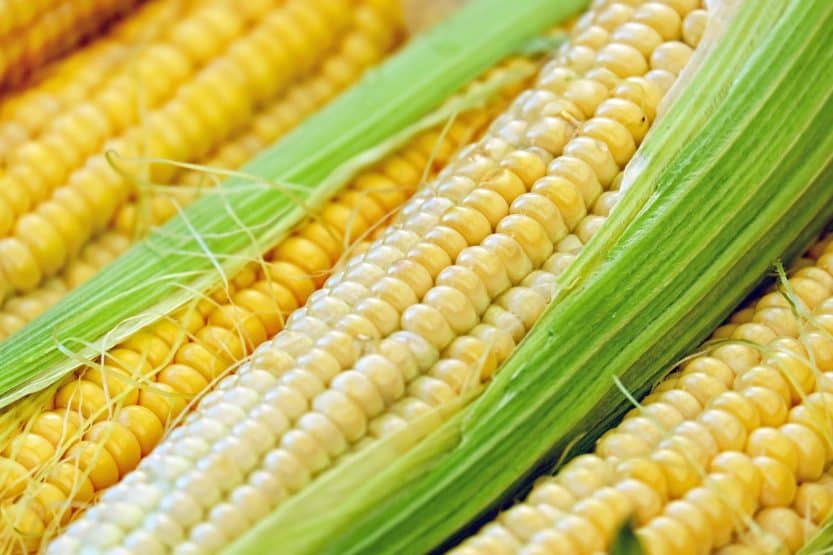
Soil and Sun Requirements:
Corn loves warm soil—plant it when soil temperatures consistently reach 60°F. Prepare your garden by enriching the soil with compost or a balanced fertilizer. Corn grows tall and requires full sun, so choose an open area with at least six to eight hours of sunlight each day.
Planting Techniques:
For optimal pollination and growth, plant corn in blocks (at least four rows) rather than long strips. This ensures that the wind can carry pollen from tassels to silks effectively. Seeds should be planted 1-2 inches deep, spaced about 4-6 inches apart, with rows 30-36 inches apart.
Care During Growth:
Corn requires steady moisture to grow tall and sturdy; they need about an inch of water per week. Apply mulch around the plants to keep weeds at bay and retain moisture. Staking may be necessary for tall varieties in windy areas.
Harvest and Use:
Sweet corn is typically ready about 70-100 days after planting; you can tell it’s ready when the husks appear green and the silk turns brown. Test the kernels by piercing one; milky juice means it’s time to harvest.
Tomatoes
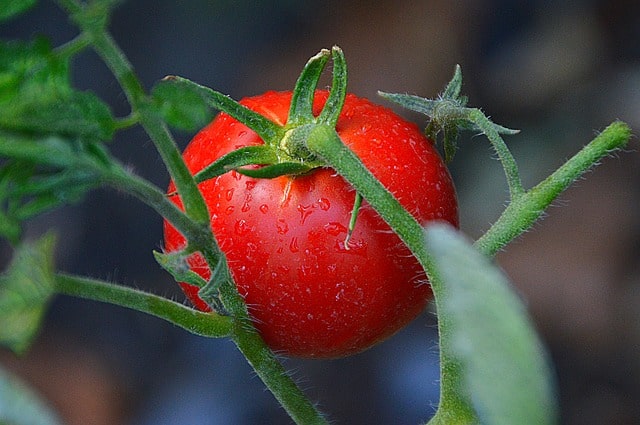
Transplanting and Soil Needs:
Tomatoes require warm temperatures and should be started indoors 6-8 weeks before the last frost, then transplanted after May frost threats have passed. They prefer well-drained, fertile soil with a pH between 6.0 and 6.8. Amending the soil with compost at planting time encourages vigorous growth.
Spacing and Staking:
Plant tomatoes 18-24 inches apart, providing adequate support either through cages or stakes to keep the plants upright and well-ventilated. This helps prevent diseases and allows for easier harvesting.
Watering and Maintenance:
Tomatoes need consistent watering, especially during dry spells; aim to water deeply once or twice a week to encourage strong root systems. Mulching around the base can help retain moisture and suppress weeds.
Pest Management and Harvesting:
Watch for common pests like tomato hornworms and aphids; companion planting with basil can help ward them off. Tomatoes are usually ready to harvest 70-85 days post-transplanting, indicated by shiny, firm skin and vibrant color.
Peppers

Soil Preparation and Variety Selection:
Peppers thrive in rich, well-draining soil, ideally with a temperature of at least 65°F. Before May planting, enrich the soil with plenty of organic matter and select varieties suited to your taste—bell, jalapeño, and serrano are all great choices.
Planting Techniques:
Transplant seedlings about 18 inches apart with rows spaced at least 24 inches apart. Peppers enjoy warmth, so planting should focus on sunny areas protected from high winds.
Watering and Supports:
Regular watering is critical. Establish a routine to supply approximately 1-1.5 inches of water weekly, ensuring the soil remains moist but not waterlogged. You may need to stake taller varieties for support as they mature.
Fertilization and Harvesting:
Fertilize peppers weekly with a balanced fertilizer to support their growth. When peppers reach your desired size and color, gently twist or cut them off the plant—doing this encourages further production.
Eggplant
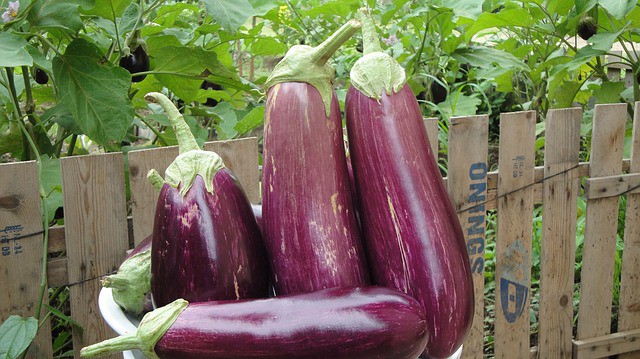
Soil and Climate Requirements:
Eggplant loves hot weather and should be planted when the nighttime temperatures are consistently above 50°F. The soil should be rich in organic matter and well-drained, with a pH around 6.0 to 6.8.
Start from Seeds or Transplants:
If starting from seeds, begin indoors 8-10 weeks before the last expected frost, with transplants going outside in May. Space transplants 18-24 inches apart in rows that allow for good air circulation.
Watering and Care:
During flowering and fruiting stages, ensure eggplants receive 1-2 inches of water weekly, and mulch will help retain moisture and keep weeds down. Fertilize with a balanced fertilizer to ensure they’re getting the required nutrients.
Harvesting Tips:
Eggplants are ready when they are glossy and firm to the touch. Harvest them by cutting the stem with scissors, avoiding damage to the plant that can lead to infections.
Melons
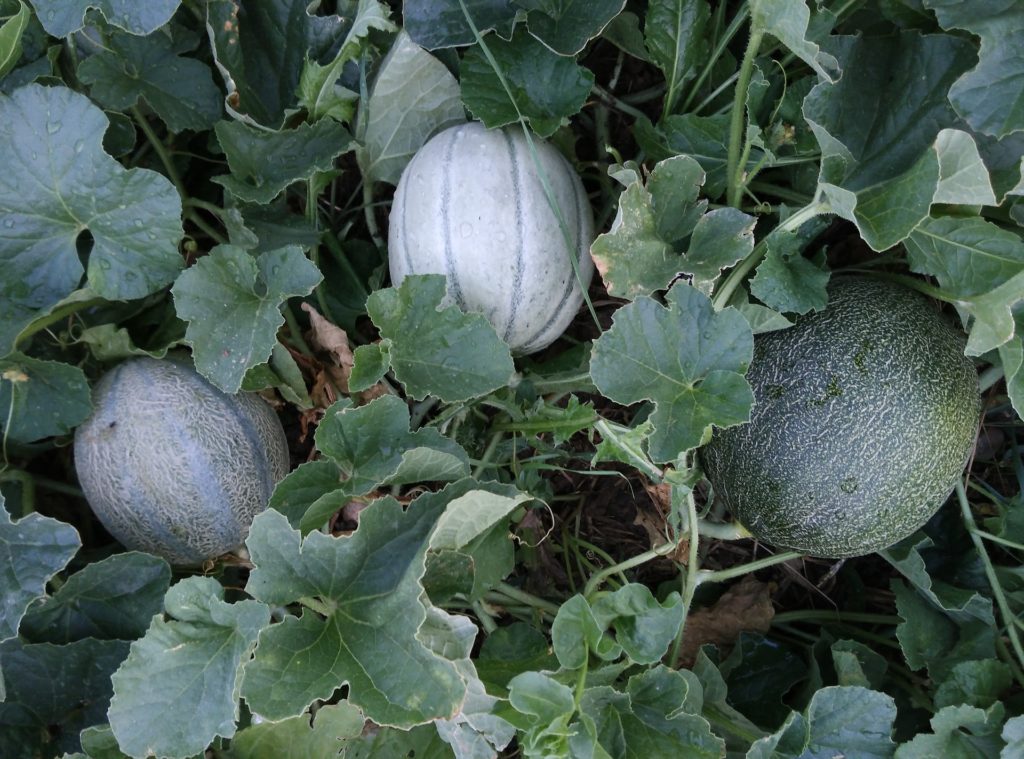
Planting Conditions and Preparation:
Melons require warm, well-draining soil and prefer sandy loam with a sweet pH of around 6.0 to 6.8. Before planting in May, create hills or rows and amend the soil with compost to boost nutrients.
Spacing and Sunlight Needs:
Plant melon seeds directly after the last frost date, spacing seeds 36 inches apart on hills. Melons grow best in full sunlight, requiring at least 8 hours light daily.
Watering and Maintenance:
Young seedlings need regular watering until established. As melons grow, reduce watering to encourage sweeter fruit development, ensuring the fruit stays on the vine long enough to ripen.
Harvesting Techniques:
Different melons have varying signs of ripeness; for watermelons, check for a creamy yellow spot on the bottom and for cantaloupe, look for a subtle change in color and the ease of separation from the vine.
Squash
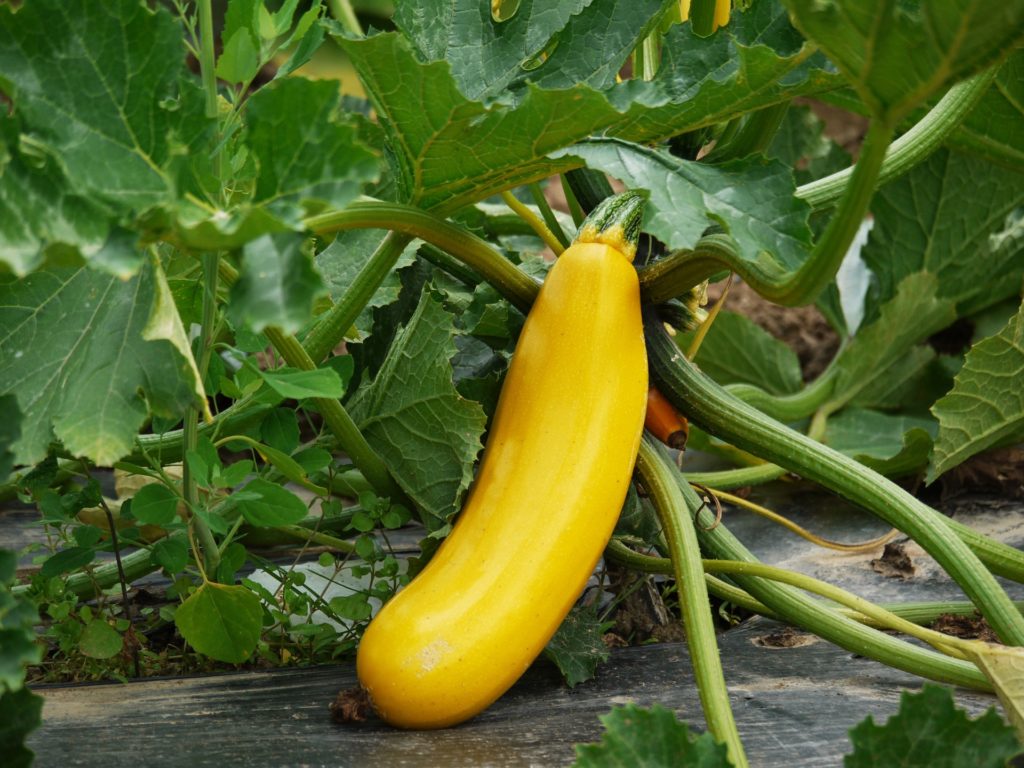
Soil Preparation and Types of Squash:
Both summer and winter squash prefer fertile, well-draining soil. They thrive best in warm soil and should be planted once the temperatures stabilize in May. Summer squash can be sown directly and generally matures quickly; aim for varieties like ‘Zucchini’ or ‘Yellow Crookneck’.
Spacing and Water Needs:
Plant seeds 1 inch deep and about 24 inches apart. Ensure they have plenty of space to grow as they can spread substantially. Squash needs about an inch of water per week, so monitor soil moisture, especially during dry spells.
Common Issues and Harvesting:
Regularly check for pests, especially squash bugs and vine borers. Harvest summer squash when they reach 6-8 inches for the best taste. Winter squash can be harvested when the skin hardens, typically in late summer or autumn, and can be stored for months.
Summer Squash
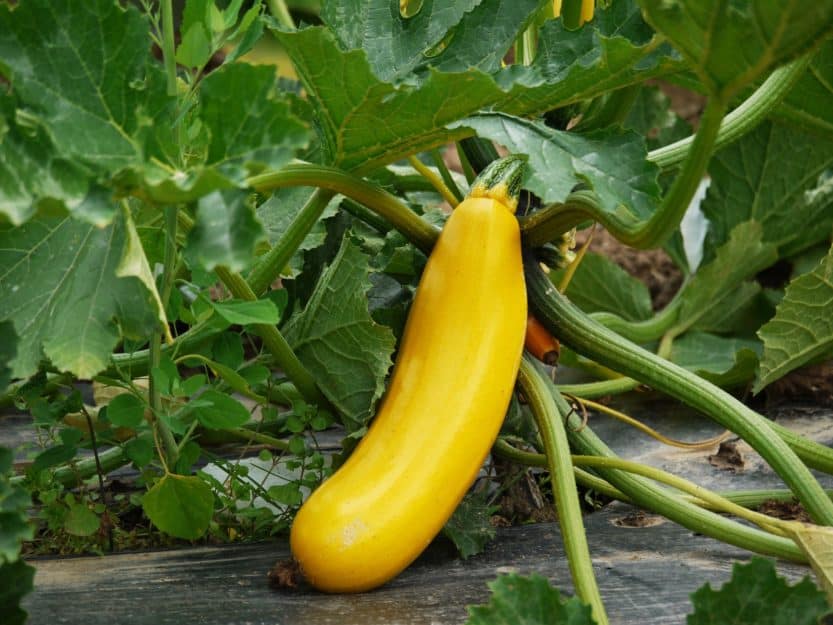
Growing Conditions and Planting:
Summer squash is a warm-weather crop that does well in well-amended, fertile soil. With seeds planted directly in May, create rows that provide air circulation, as this will help maintain plant health.
Watering and Care:
Water consistently to maintain moisture levels; young plants should not dry out. Summer squash benefits from aptly spaced plants to prevent powdery mildew, a common issue in crowded conditions.
Harvest Instructions:
For optimal flavor and tenderness, harvest summer squash when they’re young—generally around 6-8 inches long—before seed development begins. Frequent harvesting will encourage continued production throughout the summer.
Winter Squash
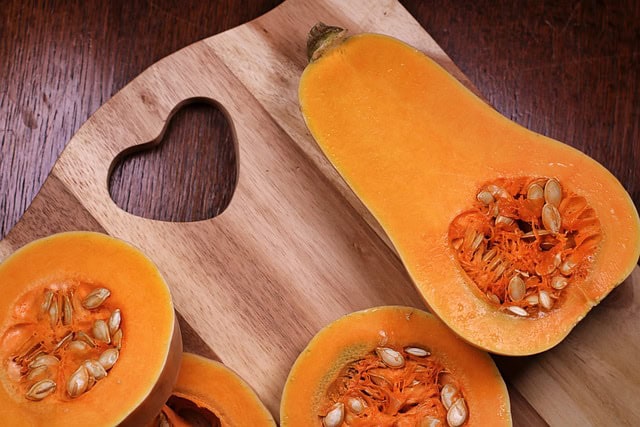
Preparation and Soil Enrichment:
Winter squash varieties thrive in well-drained, nutrient-rich soils, and like summer squash, should be planted when frost is no longer a concern. Amending the soil with compost will enhance nutrient availability for these long-maturing crops.
Spacing for Growth:
Summer squash can grow in large volumes; space seeds about 36 inches apart in wide rows to accommodate their sprawling nature. Mulching helps prevent weeds and maintain moisture levels.
Care and Harvesting:
Regularly water, particularly once they begin to set fruit, and apply mulch for temperature moderation. Winter squash is typically ready to harvest when the rind hardens and the plant begins to die back; cure the squashes in a warm, dry place for a few weeks to enhance their storage life.
Cucumbers
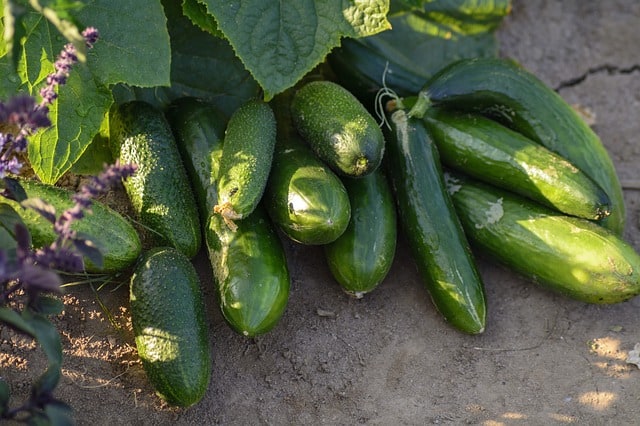
Growing Preferences:
Cucumbers love warmth and should be planted directly in May after the last frost; they thrive in full sun on trellises or in spacious rows. Rich, well-drained soil with a pH of 6.0 to 7.0 is preferable.
Planting Directly:
You can plant seeds about 1 inch deep in the soil, spaced around 12-18 inches apart depending on the variety. If you’re using trellising, space them closer together to maximize vertical space.
Watering and Nutrient Needs:
Cucumbers need consistent moisture; consider drip irrigation to keep foliage dry and avoid diseases. They benefit from a balanced fertilizer applied halfway through the growing season to ensure they stay healthy and productive.
Harvesting Cucumber Crop:
Harvest cucumbers when they’re small and firm—around 6-8 inches for most varieties—before bitterness develops. Regular harvesting encourages more fruit production and ensures the plants remain vigorous.
Potatoes
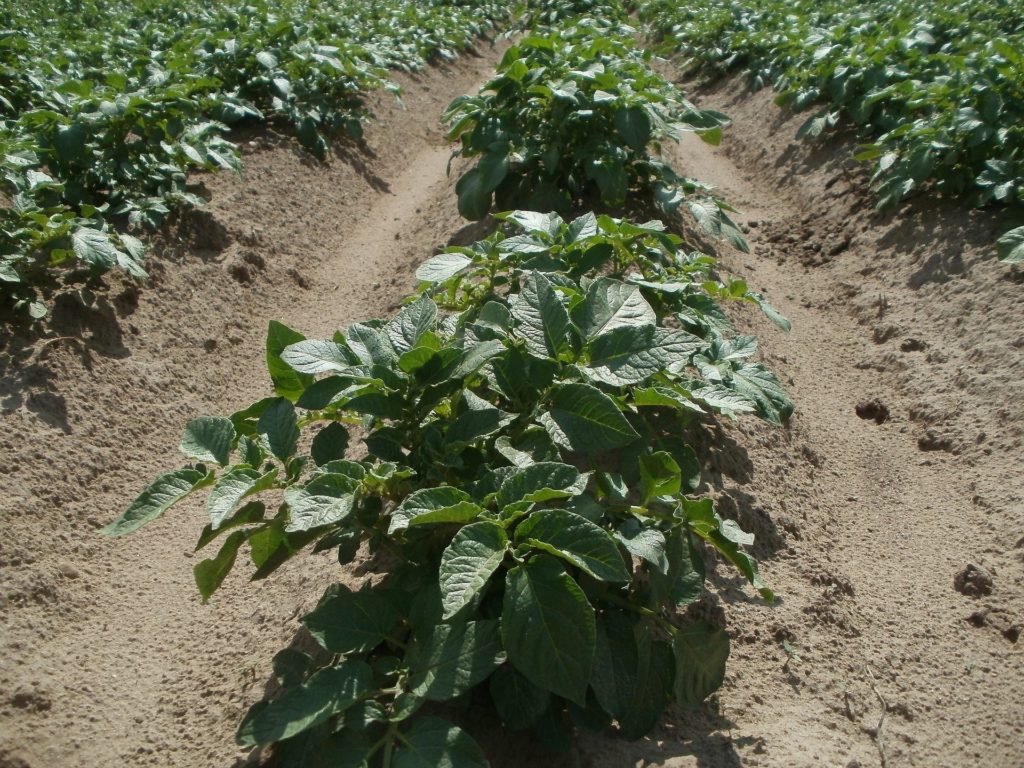
Soil Preparation and Planting:
Potatoes prefer well-draining, loose soil. Prepare your garden bed with organic matter, then plant seed potatoes—either whole or cut into pieces—to a depth of 4 inches in May, ensuring they have sufficient space to sprout.
Watering and Hilling:
Regularly water the plants, aiming for consistent moisture without sogginess. As they grow, hill soil around the base of the plants to cover the developing tubers, which helps promote larger yields.
Pest Control and Harvesting:
Be vigilant about pests such as Colorado potato beetles. You can start harvesting new potatoes in about 70 days; for mature potatoes, wait until the foliage begins to yellow and die back, then carefully dig them up.
Beans
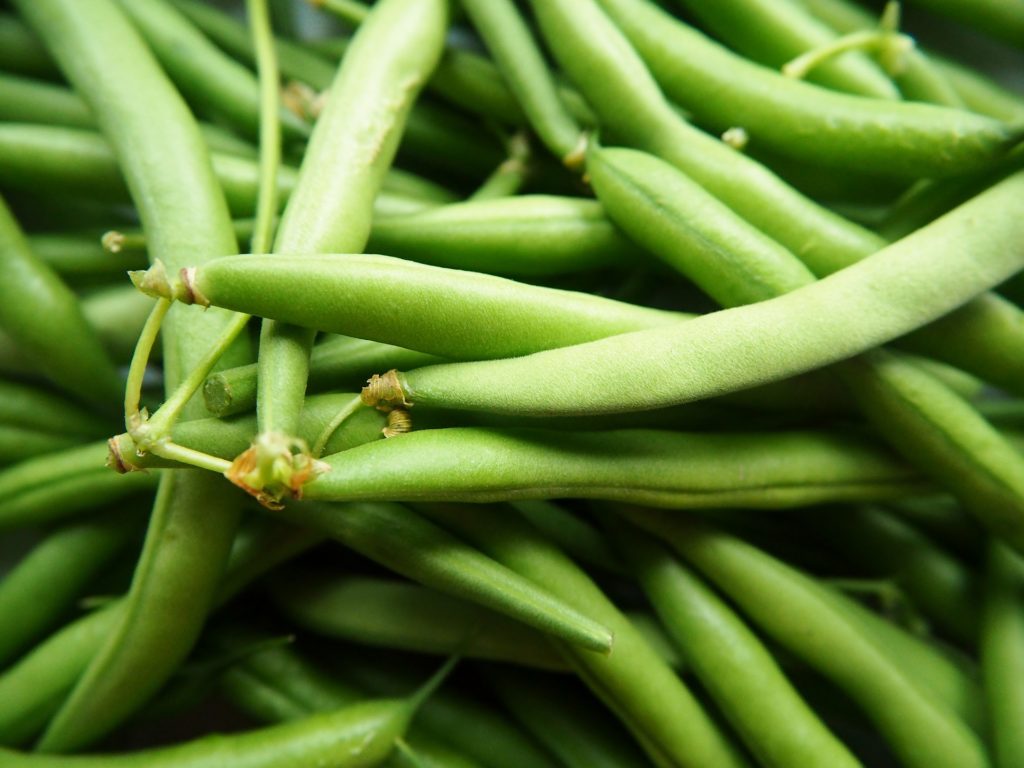
Ideal Planting Conditions:
Beans thrive in warm soil, so wait until late May’s frost risk has passed to sow seeds directly into the garden. They prefer well-draining, slightly acidic soil enriched with organic matter.
Spacing and Support Needs:
Bush varieties only need about 2-4 inches apart in rows, while pole beans will optimally grow around sturdy supports. Pole beans should be planted about 6-8 inches apart to give them room to climb.
Watering and Maintenance:
Beans require consistent water during their growing season, especially during flowering and pod development—it’s typically best to apply this through drip irrigation to keep moisture evenly distributed.
Harvest Tips:
Beans are typically ready in 50-60 days, and you’ll want to pick them when they’re young and tender for the best flavor. Watering can impact the crunchiness of the beans, so ensure they stay hydrated.
Okra
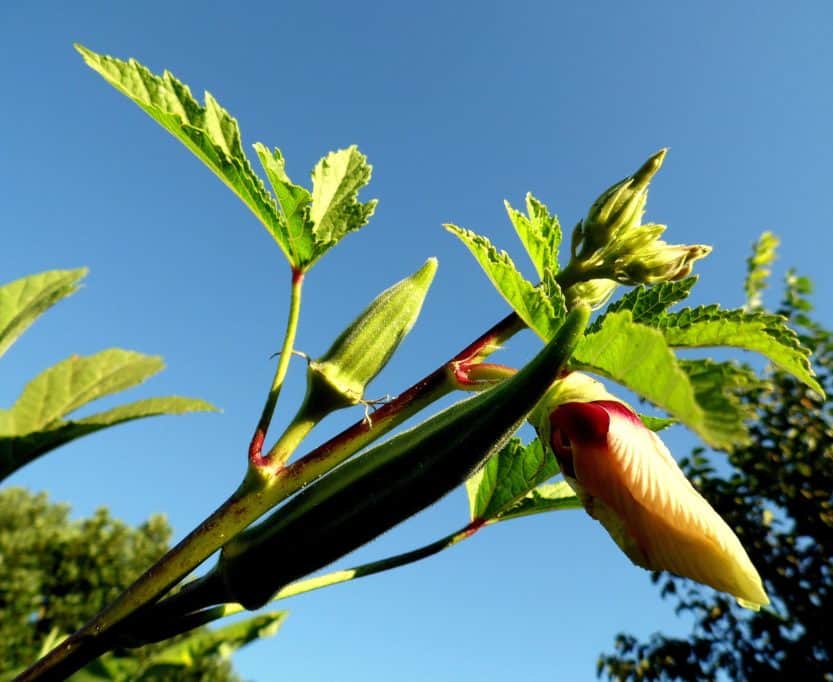
Growing Conditions and Germination:
Okra needs warm temperatures to thrive, so make sure to plant it outdoors in late May once warm nighttime temperatures are stable. Robust soil rich in organic matter and drainage is essential for productive growth.
Spacing and Maintenance:
Plant seeds about 1 inch deep and 2-3 feet apart to give them room to grow. Okra plants are drought-resistant, but consistent watering during dry periods will improve overall health and yield.
Pest Monitoring and Harvesting:
Common pests include aphids and beetles, so scouting your crop regularly helps prevent infestations. Harvest okra about 3-4 inches long; use garden shears to avoid damaging the main stem and keep the plants productive.
Parsnips

Sowing Conditions:
Though traditionally planted earlier in spring, if you missed the window, May can be favorable in milder climates. Soil should be deep, well-draining, and enriched with compost; parsnips need a long growing season, typically requiring around 100 days to reach maturity.
Planting Techniques:
Sow seeds ¼ inch deep and space them about 2-3 inches apart. Thin them as they grow to yield healthy, robust roots. The prefer cooler soil temperatures, so they often do well in spring.
Watering and Maintenance:
Regular and consistent watering is critical during dry spells; consider using mulch to retain moisture and regulate soil temperature.
Harvest Timing:
Parsnips are typically at their best after a frost since cold weather enhances their sweetness. Dig them out when the roots are around 2-3 inches in diameter.
Strawberries
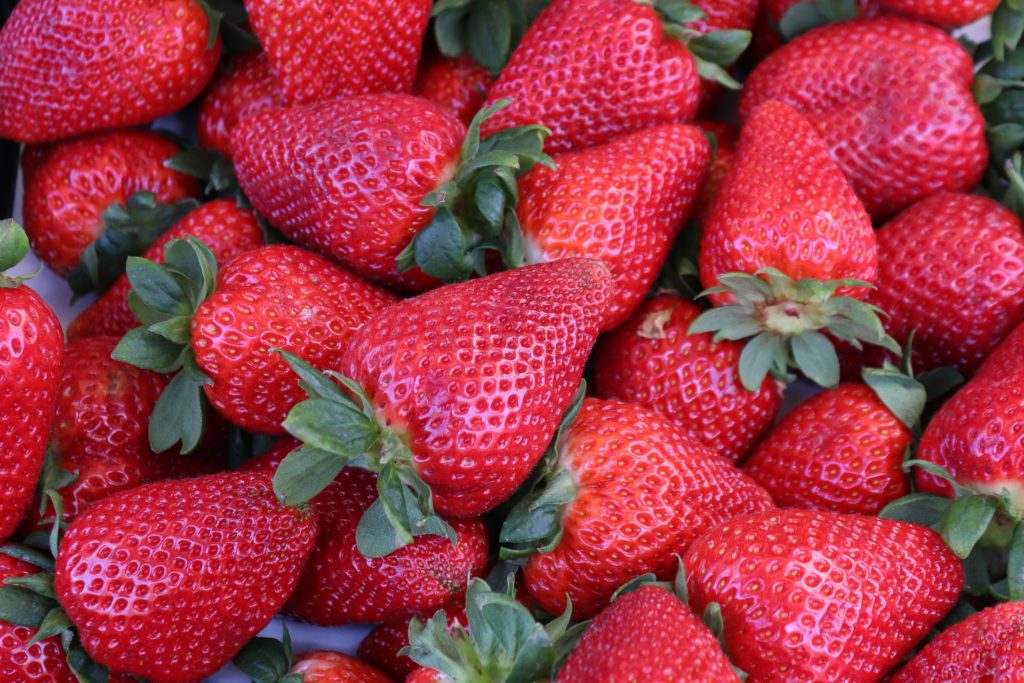
Planting Techniques:
Optimal times for planting strawberries are early to mid-May. Choose certified disease-free plants, as they will yield better results. Transplant them in rows spaced about 18 inches apart, deep enough to cover roots but with the crown exposed.
Watering Needs and Care:
Strawberries need about an inch of water weekly; consistent moisture is particularly important during flowering and fruit development. Adding mulch helps retain moisture and keep fruits clean.
Harvest Tips:
Strawberries are typically ready to harvest about a month after flowering. Pick them on dry days for the best flavor; gently twist or pull the fruit to avoid damaging the plant.
Sweet Potatoes
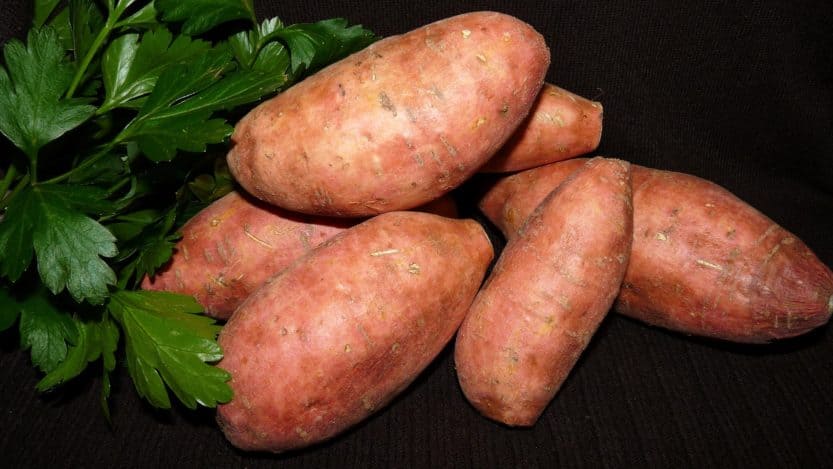
Planting Slips and Soil Preparation:
Start with healthy sweet potato slips, planting them in warm, rich soil amended with compost or organic matter. Place slips in rows about 12-18 inches apart, ensuring they receive ample sunlight throughout the growing season.
Watering and Nutrient Needs:
Sweet potatoes are relatively drought-tolerant but love consistent moisture. Weekly deep watering helps them grow sweet, nutritious tubers. Fertilize every month with a balanced fertilizer promoting healthy growth.
Harvesting Techniques:
Sweet potatoes typically take around 90-120 days to mature. Target harvesting just before the first frost to prevent damage to the tubers, ensuring you dig them up carefully to avoid breaking the delicate skin.
Herbs
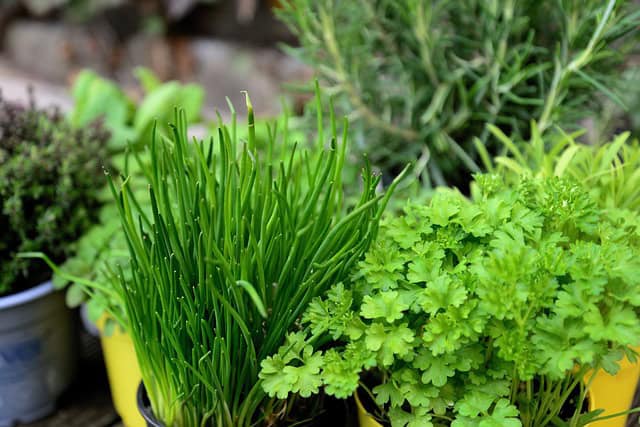
Planting Varieties and Conditions:
May is prime time for planting popular herbs like basil, thyme, and cilantro. Many of these herbs can be directly sown from seeds or started indoors. They thrive in sunny spots with well-draining soil, so be sure to provide enough sunlight.
Watering and Harvesting:
Herbs require consistent watering, particularly during dry spells. Mulching helps preserve moisture while preventing weed growth. Regular harvesting encourages growth and avoids overcrowding. For many, including basil, pinching off flowers prevents the plant from going to seed, ensuring continued harvesting.
Flowers
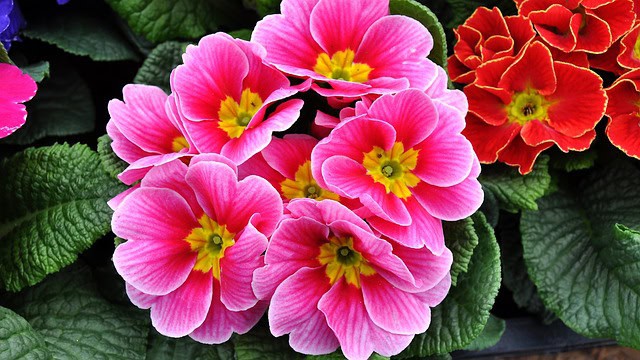
Diverse Flower Choices:
May is a delightful time to plant flowers to attract pollinators and beautify your space. Choose annuals like marigolds, zinnias, sunflowers, and perennials like lavender and daylilies for a colorful show. They thrive in rich, well-draining soil enriched with compost.
Spacing and Care Requirements:
Spacing for flowers can vary widely; follow seed packet guidelines for specific spacing based on types. Ensure they receive proper watering based on their individual needs; most flowers generally enjoy moderate moisture but should never remain waterlogged.
Encouraging Growth and Attracting Pollinators:
Deadheading spent blooms will encourage more flowering throughout the summer. Consider planting a diversity of flowers to create a garden that invites bees and butterflies, enhancing your garden’s productivity and ecological diversity.


